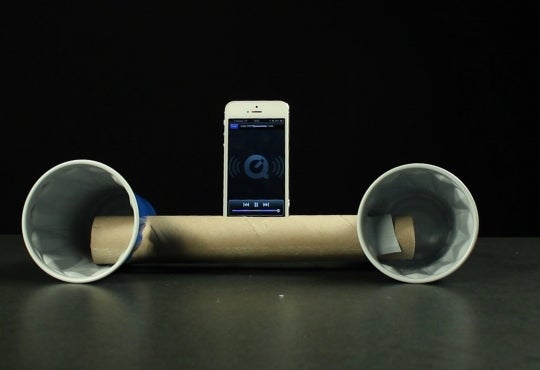There are two opposing schools of thought as to the ideal, most productive office working environment:
Few walls literally will lead to few walls figuratively among staff.
VS.
Openness is death to all productivity.
While the ideal may vary based on the type of work one does, there are some general complaints laid upon both closed and open office layouts. It seems that newer companies are boarding the open-layout train. This may see some problems arise, the lack of privacy being one of the biggest drawbacks.[i]
Conceptually, the idea behind an open office environment is to literally break down barriers between staff members:[ii] encourage collaboration by forcing people to share physical space with each other. Obviously this means a lack of personal space in which to block out all distractions and actually get things done. It does indeed make it easier to talk to colleagues (no making an appointment to see someone: just turn around and look at them), but perhaps it makes it too easy. Getting constantly interrupted interferes with productivity (“the average knowledge worker switches tasks every three minutes, and, once distracted, a worker takes nearly a half-hour to resume the original task”[iii]), and noise pollution may become a larger issue with this setup.[iv]
At the same time, an open layout may still allow some work to be completed more quickly. Asking questions becomes easier and faster than emailing, meaning a worker can hypothetically get on with their tasks easier and more quickly. Not having offices also saves a lot of floor space, and perhaps having all that body heat in one room will allow any cold-sensitive employees to warm up. Cubicles, meanwhile, only feign having privacy. Some partitions may be high and solid enough to offer some protection from the sights, smells, and sounds of your coworkers, but nothing really does match the privacy of a true office.
Ideally, as with all things, balance is likely key to the best use of office space. Making both private spaces and collaborative open ones available for employee use will likely result in the most productive workspace.
[i] “Offices For All! Why Open-Office Layouts Are Bad For Employees, Bosses, And Productivity.” Fast Company. 4 Nov. 2013. Web. 18 Feb. 2015. <http://www.fastcompany.com/3019758/dialed/offices-for-all-why-open-office-layouts-are-bad-for-employees-bosses-and-productivity>.
[ii] “Why You Should Adopt Google’s Nested Approach To Office Layouts.” Forbes. Forbes Magazine. Web. 19 Feb. 2015. <http://www.forbes.com/sites/georgebradt/2014/06/17/why-you-should-adopt-googles-nested-approach-to-office-layouts/>.
[iii] “Interruption Science.” Wikipedia. Wikimedia Foundation. Web. 19 Mar. 2015. <http://en.wikipedia.org/wiki/Interruption_science>.
[iv] “Cubicle Wars: Best and Worst Office Setups for Tech Workers.” Computerworld. Web. 19 Feb. 2015. <http://www.computerworld.com/article/2512203/it-personnel/cubicle-wars–best-and-worst-office-setups-for-tech-workers.html?page=4>.
[v] [Office Cubicles]. (n.d.). Retrieved from https://kimbosf.files.wordpress.com/2014/01/office-cubicles.jpg










